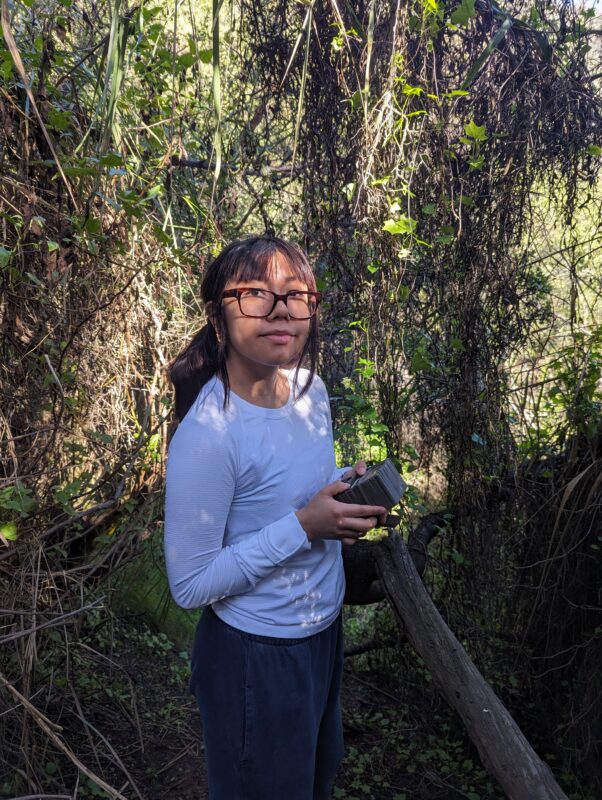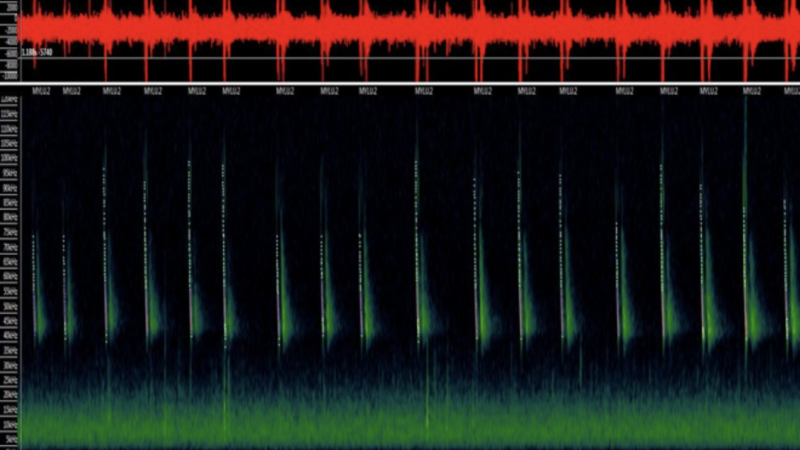
Awardee: Lily Rivas
Bio:
Lily Rivas is currently an undergraduate student at UCLA under the IoES program. Lily is
pursuing an Environmental Science B.S. and a minor in Conservation Biology. She hopes to use
the tools she has gained so far to pursue a PhD in the field of conservation biology with a
particular interest in California ecosystems. Her work in conservation biology began at the
Cabrillo Marine Aquarium and continues in the Grether lab at UCLA. Her further interests lie in
studying how environmental law connects to conservation and ecology. She is also currently
working on an indepent study on the intersection between toxic pollutants and environmental law
under the direction of Dr.Boyd, co-director of the Emmet Institute on Climate Change & the
Environment.
Project:
Artificial lighting at night (ALAN) is a source of interest as current research has shown that light
pollution threatens biodiversity by affecting the activity of insects, amphibians, fish, bats, birds,
and other animals. It is still unclear the extent at which ALAN affects bat species, as many
studies do not take into account the adaptive capabilities of bats. The project seeks to investigate
if ALAN differentially affects bat activity at urban versus rural sites. The project also seeks to
investigate how lack of ALAN affects species differently. Like many animals, bats have had to
adapt to environmental anthropogenic changes. They have had to adjust their roosting, foraging
and commuting behavior. Responses have shown that bats are sensitive to anthropogenic change,
threatening the survival of many species. Research in this area is necessary as bats species
contribute key ecosystem services like pest control and pollination.

